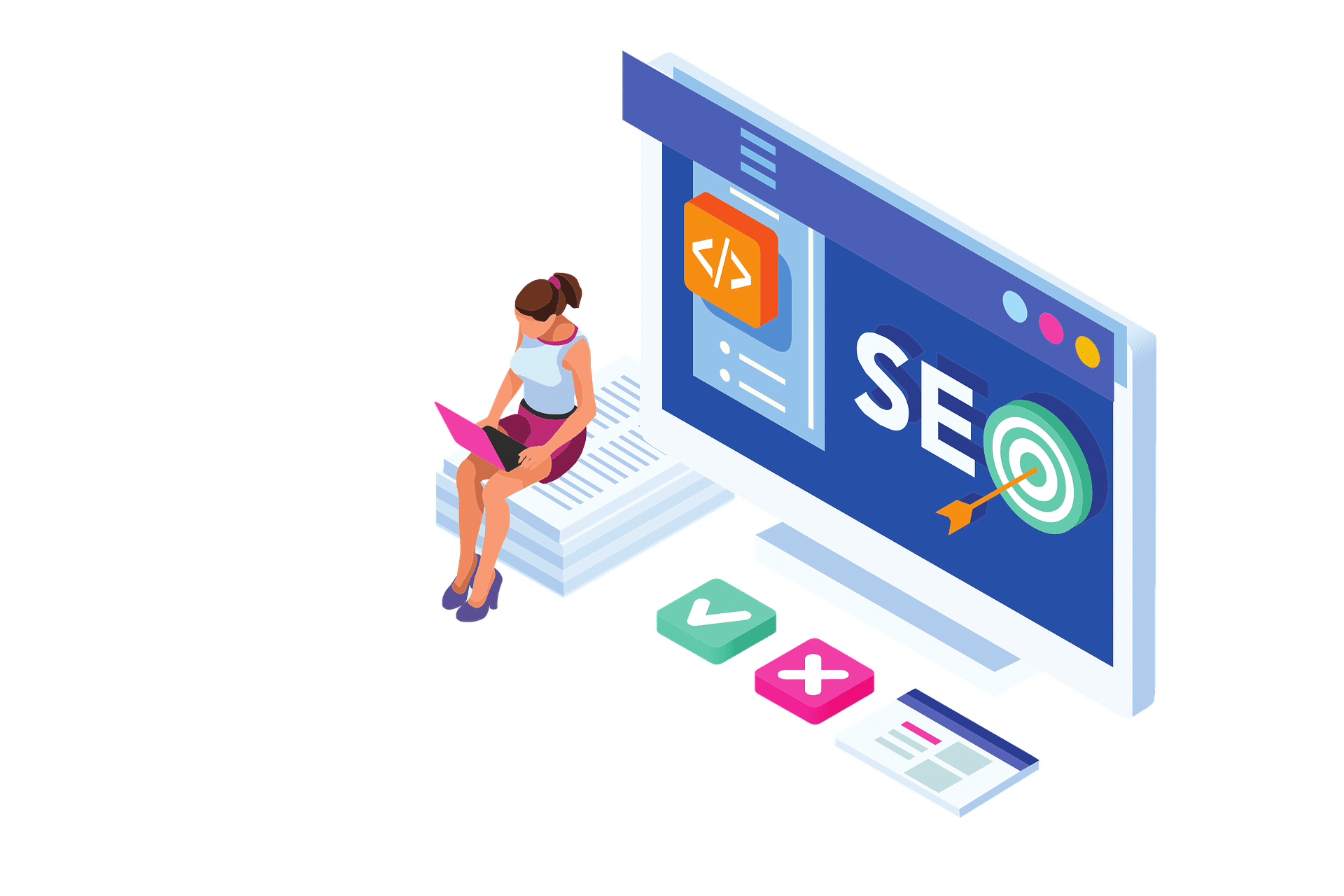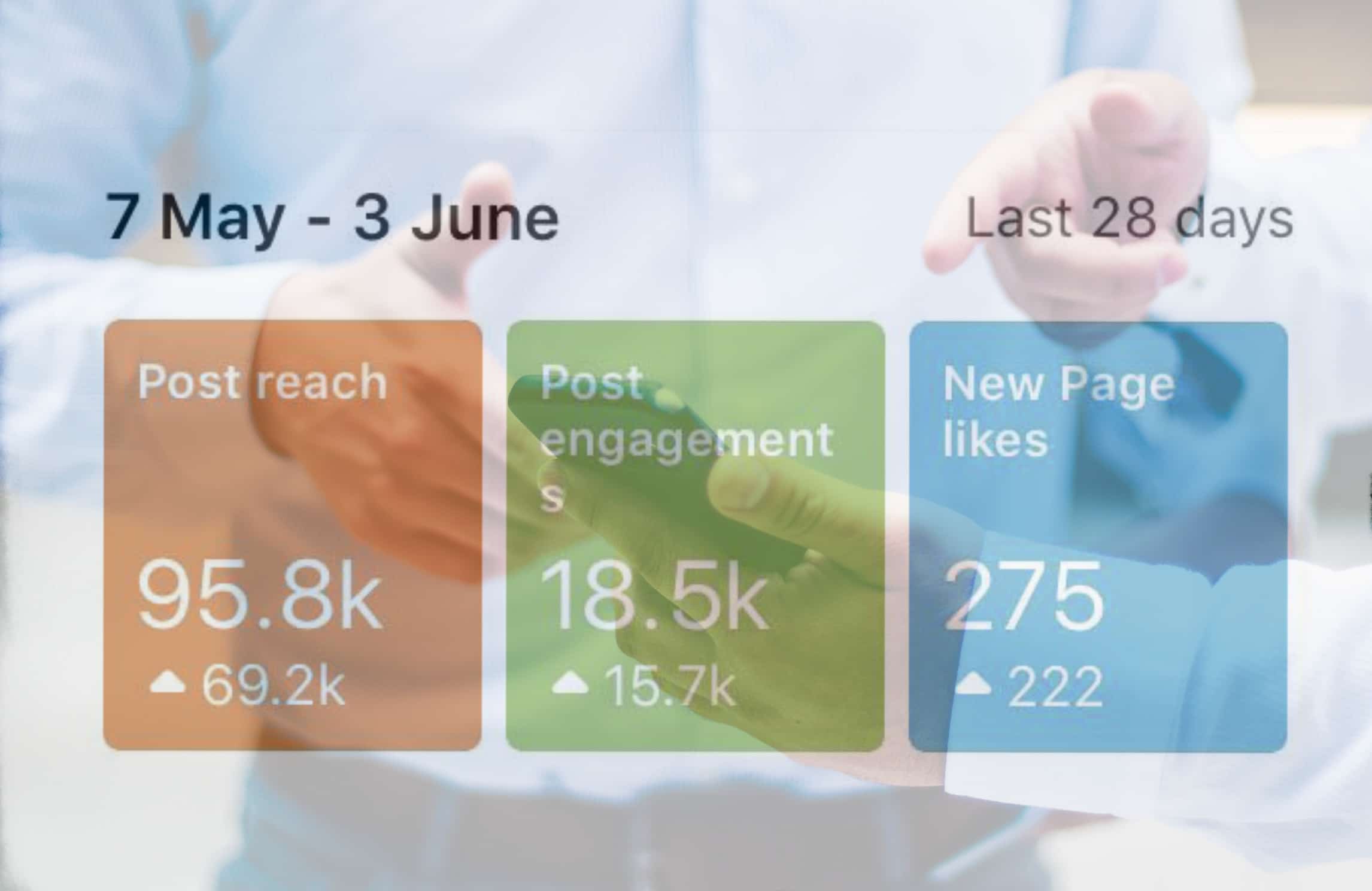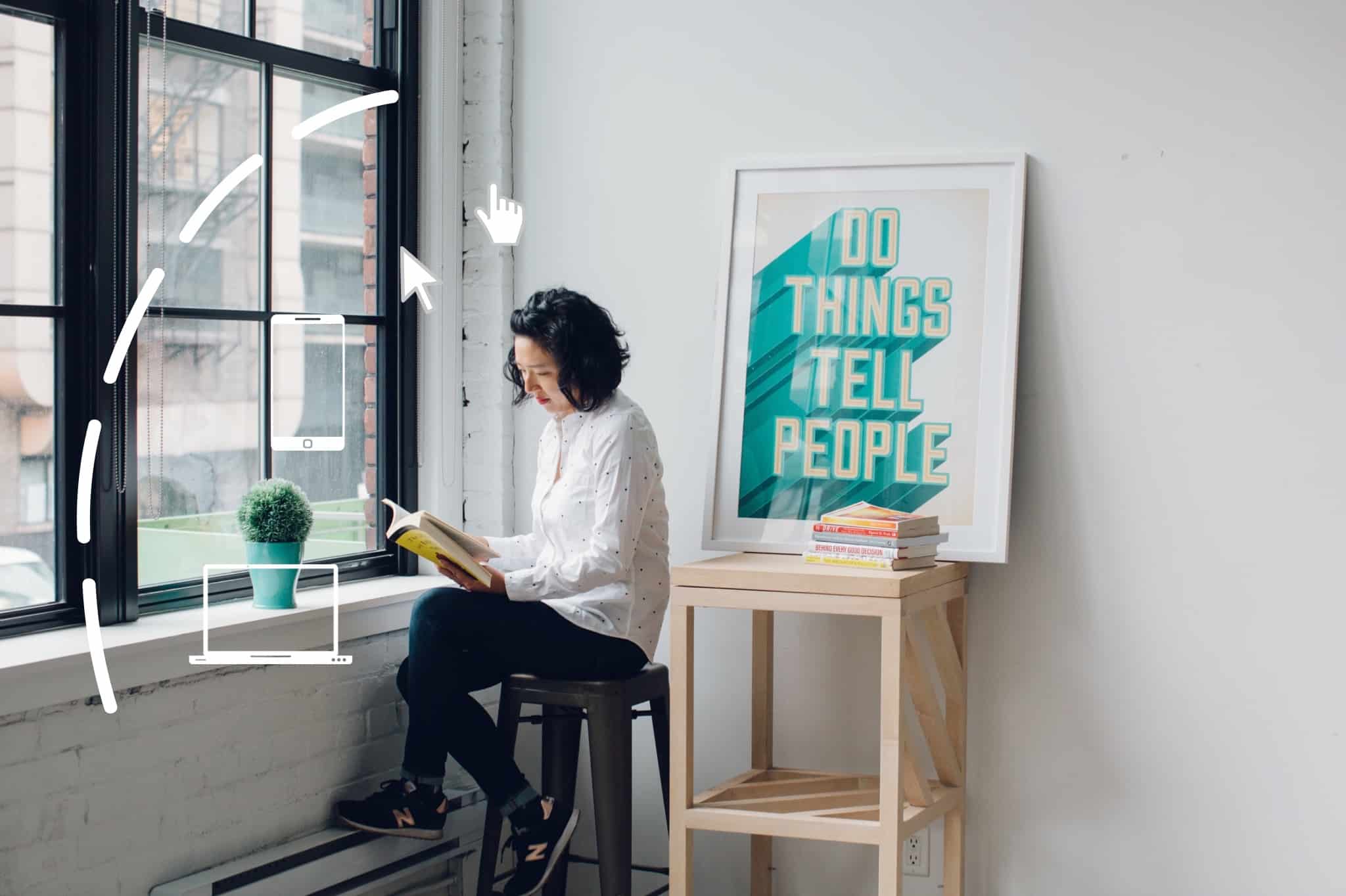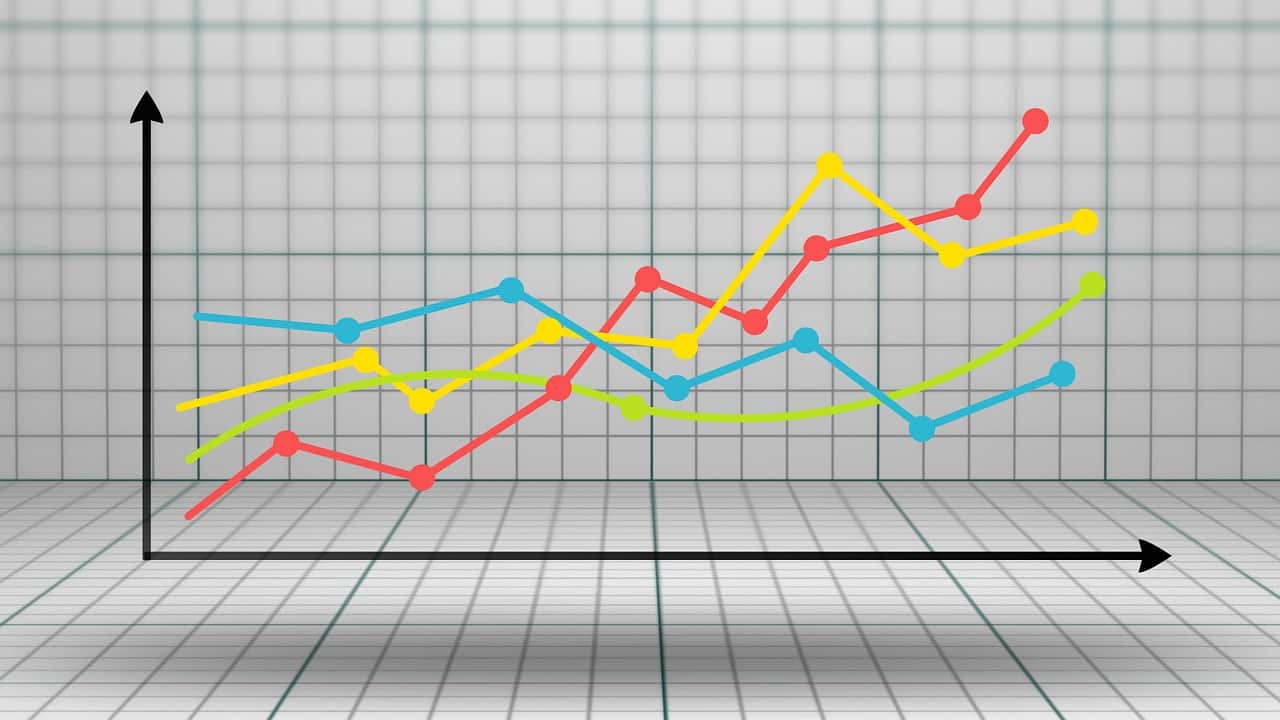It’s important for any website that any readers who land on your pages can easily find what they are looking for and then stick around long enough to engage with your content. Humans are visually stimulated so images are a great way of grabbing people’s attention and communicating your message succinctly. Use online image optimisation to improve your website’s SEO, boost your rankings and improve your organic traffic.
Why Online Image Optimisation is Important
Online image optimisation actually fulfils a number of important tasks on your website. Most web builders come with built-in guidance to help you achieve basic SEO including online image optimisation. Here we explore why it’s important to know a bit more about image optimisation and how to use this knowledge to your advantage. Firstly integrating images with text on your website improves the readability of your pages. A good targeted image placed within your text can highlight important information, instantly informing your readers about the content on your page. Plus well placed images break up long text to help your readers absorb the information. Furthermore image optimisation online helps to tell search engines what your content is about, which will help your page get served higher up in the rankings. Web content that includes images and videos will generate 95% more impressions than pages that only contain text.
Function Over Form
So we know that images will improve how your website is ranked by search engines. But it’s important that the images are relevant. While any image that is purely decorative may make your page attractive, it won’t perform any other function. If in your case a decorative image makes sense, then leave the alternative text field blank, because if your image description is juxtaposed to your content, this will confuse search engines and negatively impact your ranking. Consider how the image works with your content. Could you swap a decorative image for something more functional? Online image optimisation, means using relevant and informative images. Diagrams, illustrations or product images all perform a specific task for example.
Where to Get Strong Images for Online Image Optimisation
Search engines give preference to original images when it comes to online image optimisation. However in some cases creating or sourcing original images may be more time and expense than it’s worth. In this case, there are plenty of ways to source free images that do the job well. Firstly make sure you have permission to use any image that isn’t your own. Either from the artist or owner of the image. Or by licensing the image by leasing it from Shutterstock for example. This is a great resource for a large amount of royalty free images. You can pay as you go to use these images. Or there are a number of web resources featuring free-to-use images. Be aware that these images will be being used elsewhere on the web. Technically this means that a search engine will recognise the image and rank your website lower in. So make sure you provide good information in your online image optimisation to counter this. Another thing you can do is tweak the image to achieve enough originality to boost your ranking by the search engines that are crawling your content. Once again it depends on the rights you have to use an image that isn’t your own.
Free image resources:
Optimal Image Size and Quality
If you upload any images that are too large, this will make your website load time sluggish and easily put off your audience. Make sure that your pages load quickly by adjusting the image size and quality when you upload it to your website. Make sure you are using an image of a good resolution and quality to start with. If you have downloaded an already compressed image, this may be too small or blurry and this poor quality will put readers off. Adjust the size with your web builder and preview how the image appears alongside your text.
Caption Your Images
Use your image caption to credit any sources. Especially if the image is taken directly from a professional photographer or artist. It’s not always necessary to caption your images, especially if the image is self explanatory. However if a source needs crediting, or the image requires further explanation, possibly a graph or chart for example, then use captions to make the information clear. Always fill in as much SEO information as you can and keep it simple.
Keep SEO Simple
Keep image SEO simple, “fitness-instructor-running” for example. Don’t be too fussy when naming an image, and don’t overload the image name with too much information. If it’s your business logo, a simple “MLM-company-logo” is all you need.
Alt Text
‘Alternative text’ also known as ‘alt text’ is a short amount of text encoded with the image online. This serves to describe the image in a way that makes sense of that image if it can’t be viewed for any reason. You can input the alt text when you upload an image to your web pages or blog posts. Good alt text is important for the accessibility of your website, for one it helps visually impaired visitors understand your website. Plus it improves your SEO. Search engines use this information to decide how relevant your content is to certain search terms.
Image Title
Search engines want to know what the image represents without even looking at it. If you don’t choose an image title , it’s likely that the existing title will be a default image file name, in other words a long series of numbers from either your camera or the image bank you downloaded the file from. In any case rename the image with something more useful when uploading it to your website. Name the image with a title that includes a search term and keywords that are relevant to your website or blog post. It’s good to use your main keyphrase at the beginning of the file name. Use hyphens in your image title to improve the quality of SEO for the image. Using hyphens between the terms separates them, while underscores join them. For example, to boost SEO for the term “vegan health products,” give the relevant image this title: “vegan-health-products.” This is true for URLs too, so use hyphens and not underscores in your page title as well.
Effective SEO
Informative, relevant images can be a powerful tool for improving SEO which is key function of online image optimisation. Especially when used in concert with clearly written text that is rich with keywords. Optimised, high-quality images featured at appropriate points can amplify the message you are trying to convey. This will also boost the ranking of your page in several ways. When a search engine crawls web page content for indexing purposes, it looks out for keywords, plus how often and where those keywords are used, both in text and in visual content. This is where online image optimisation comes in. The more targeted and complimenting imagery appears to be, the higher ranking your page will achieve when audiences are searching for a particular subject using their preferred search engine. Search engines consider the value that any form of content adds to the website in terms of the user experience. For this reason it boosts your SEO if you use relevant images. This might sound simple, but it can take some practice. Firstly if you choose to use original images, these need to follow the same rules we talk about in Using Social Media for MLM. You don’t have to create original images however. Creating original images might be more work than it’s worth. It depends on what resources you have. A commercial photographer will always do the best job, but this can be costly. If your MLM brand has a cache of image resources, use this as much as you can. The key to success will be in how you use online image optimisation to caption, tag and describe your images. All forms of visual content will interest your readers in different ways. This could be images, slideshows, infographics or videos. You want to include as much visual content as possible that is relevant and targeted to your topic. This serves the purpose of conveying your message effectively, making the information easy to understand. All of this supports effective SEO. With this knowledge online image optimisation should be simple to achieve with your web builder. The great news is that a small amount of effort will achieve great results.
At MLM Accountants We Know How to Help You
At MLM Accountants we can help you understand the best solutions for the success of your business. All you need to do is get in contact with us at MLM Accountants. Call us today 0203 237 2927 for help and guidance.














